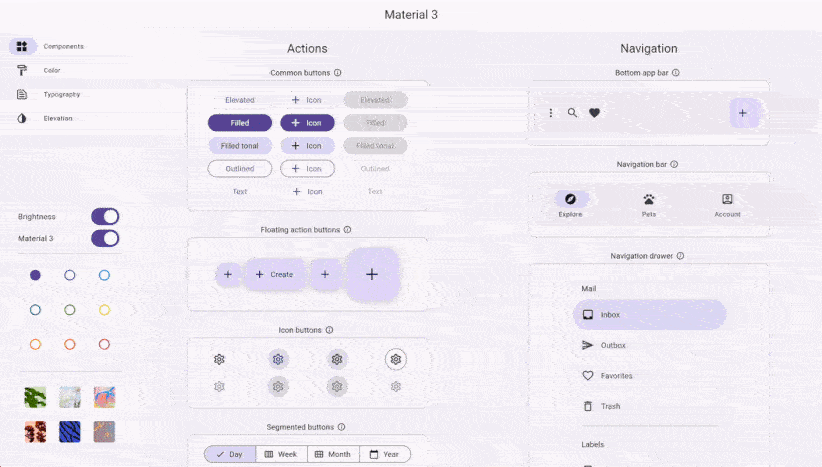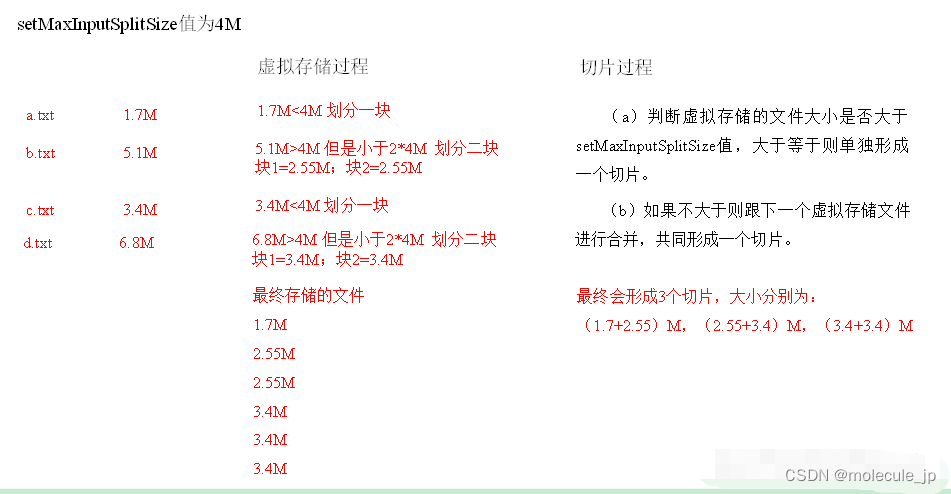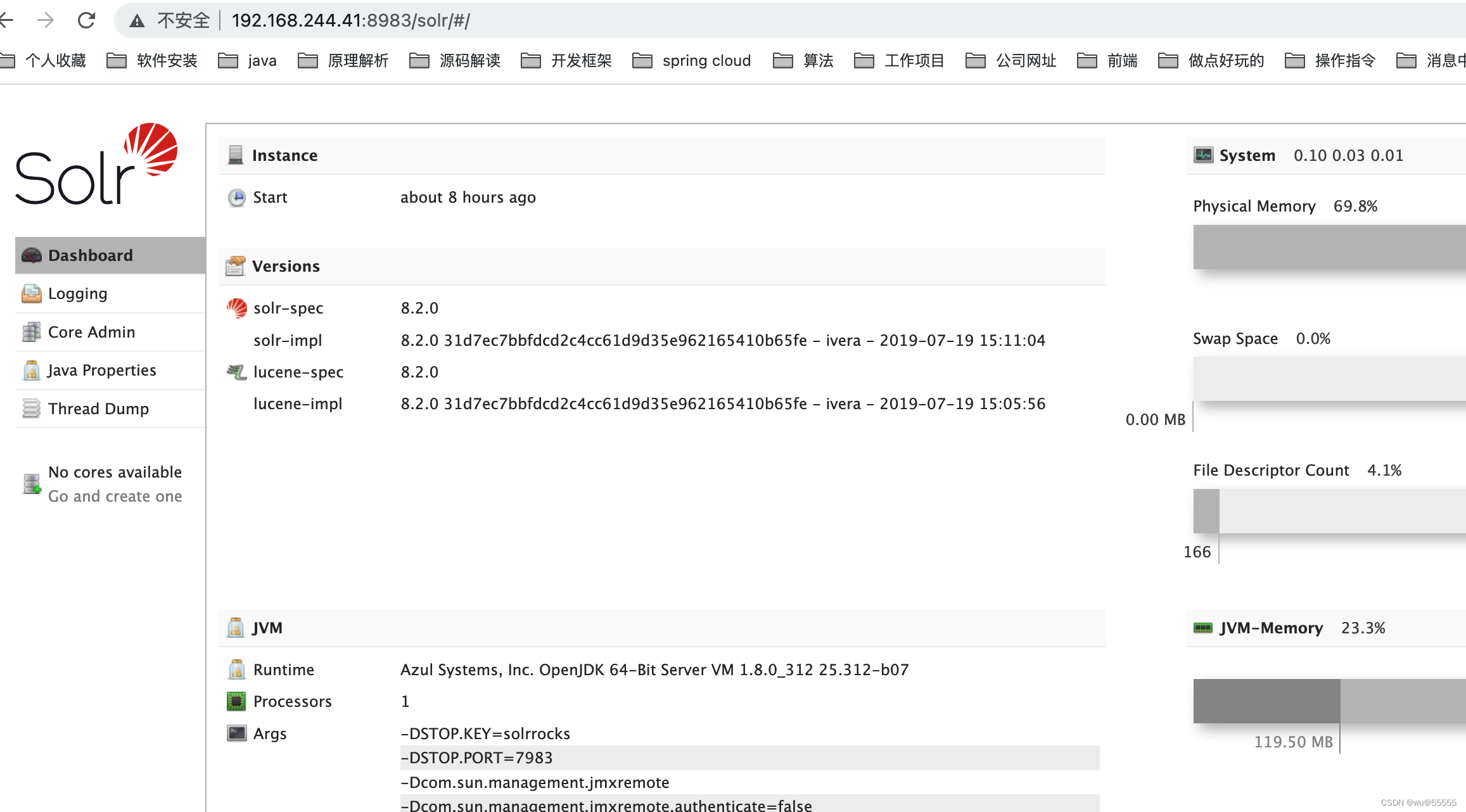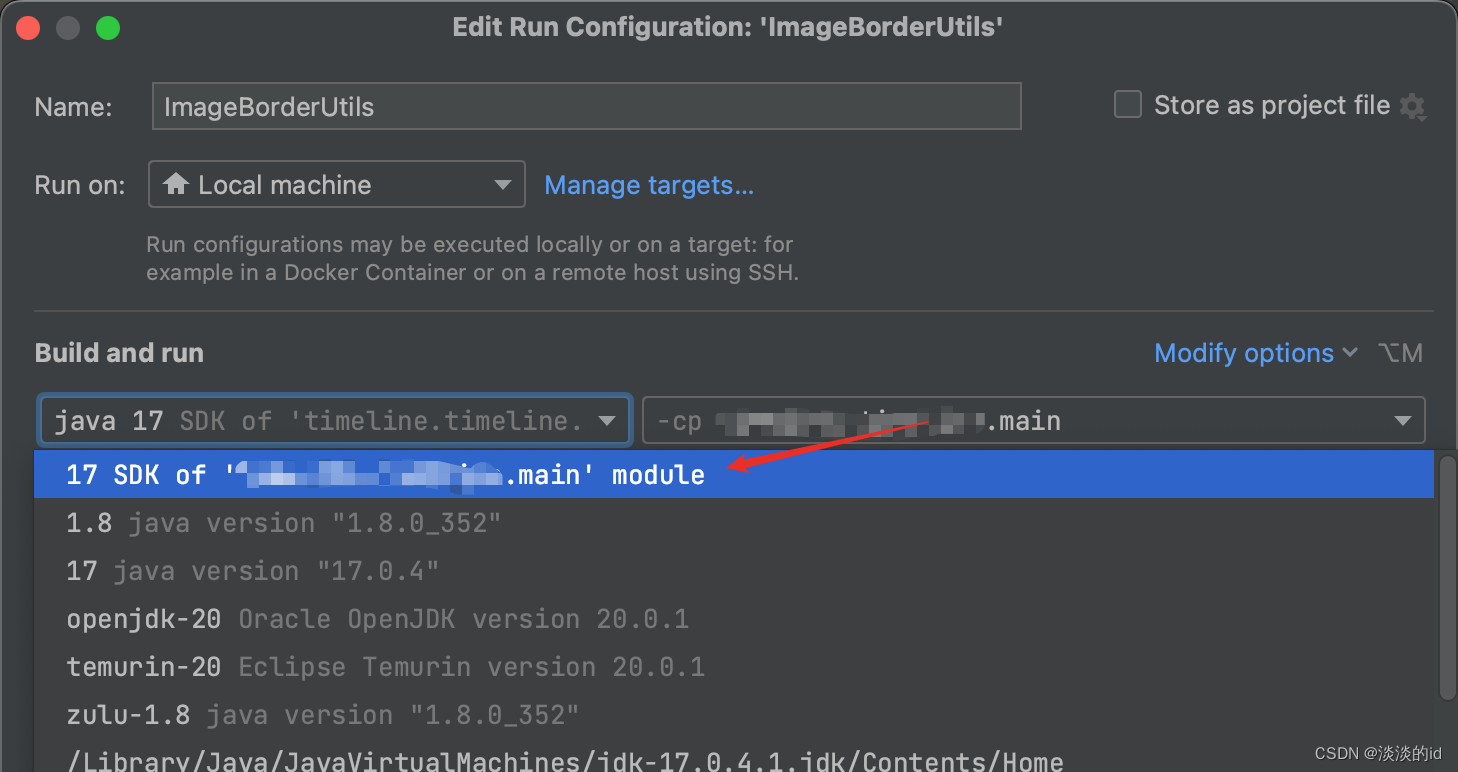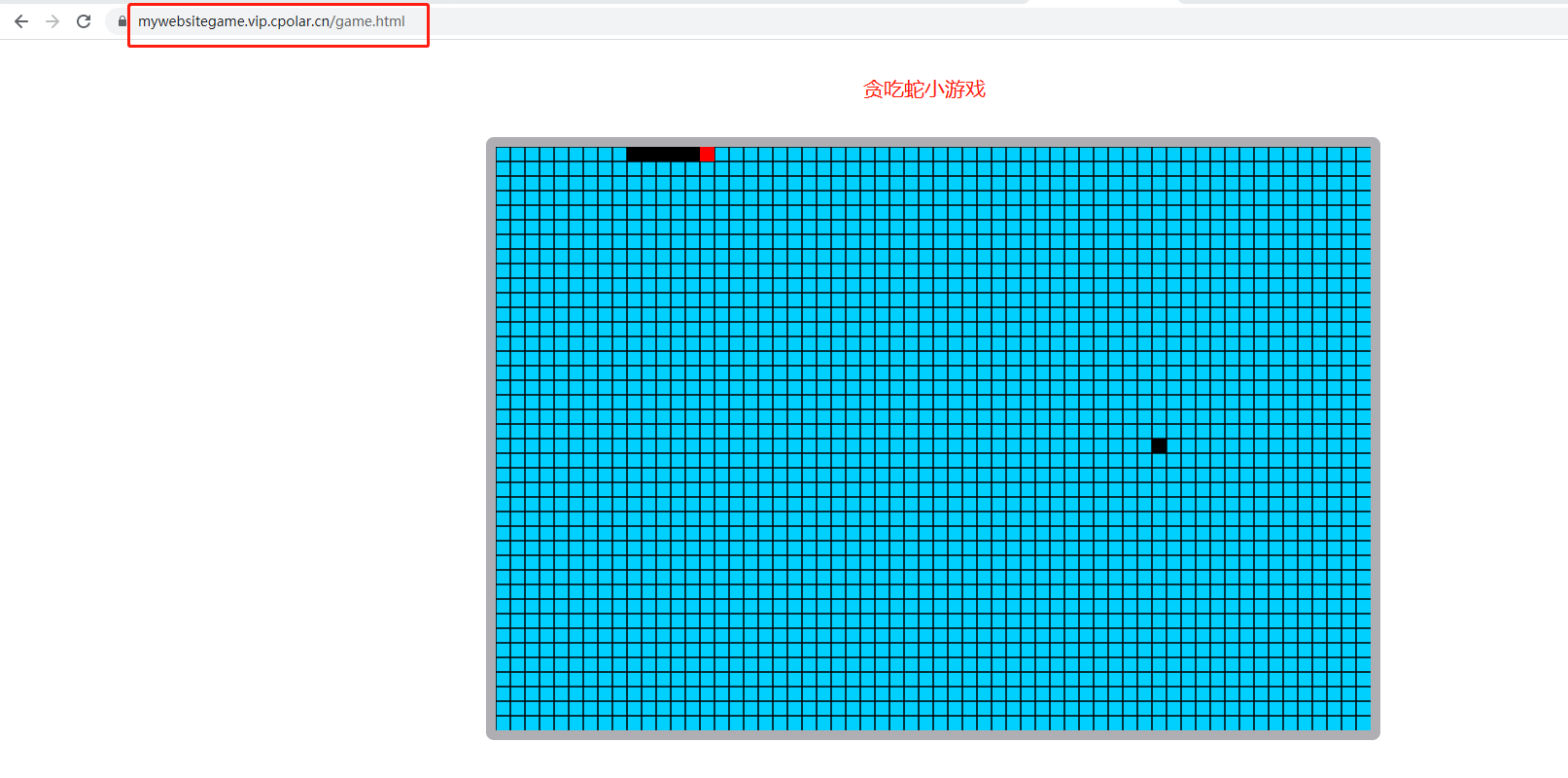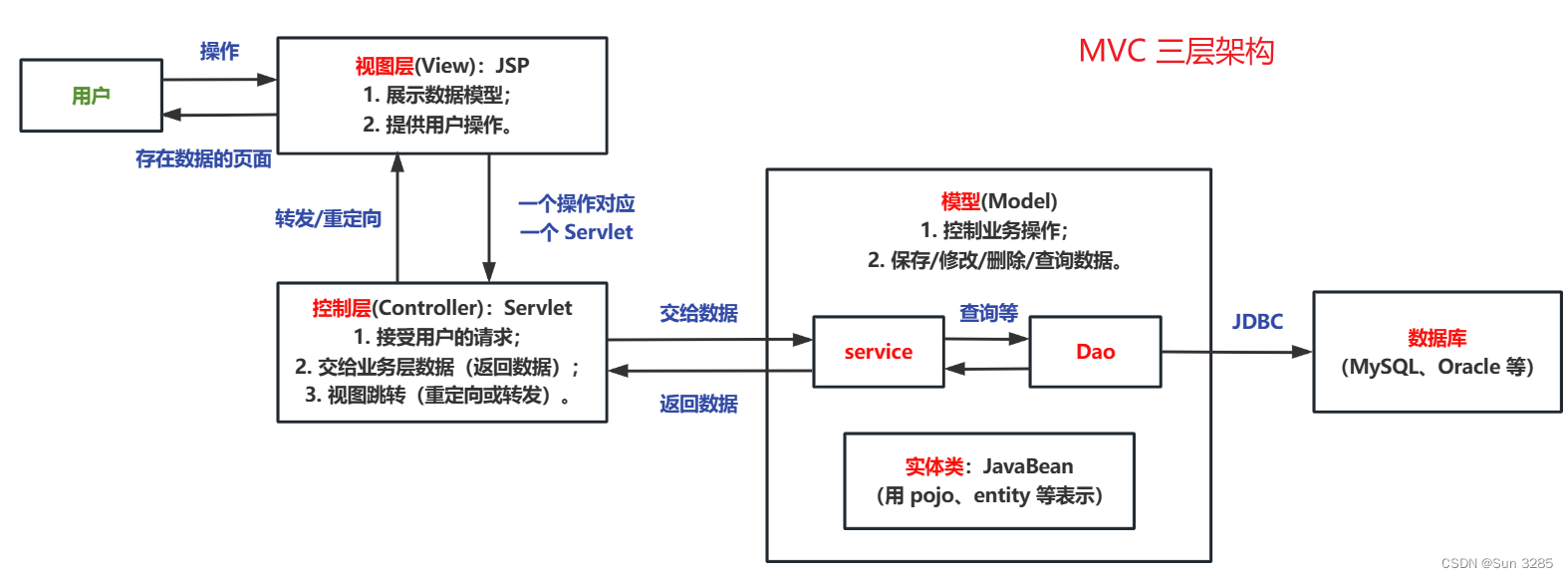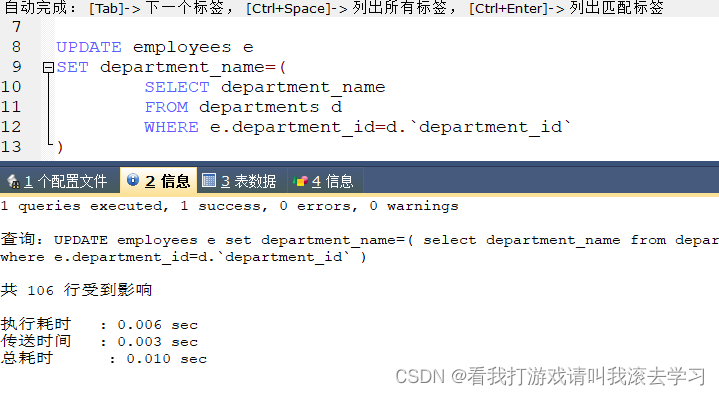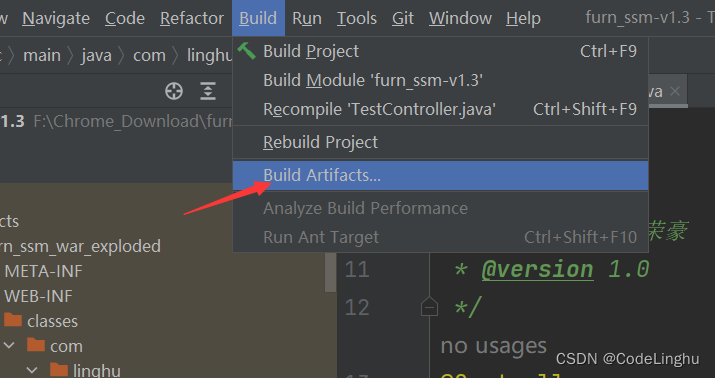frp 是一个专注于内网穿透的高性能的反向代理应用,支持 TCP、UDP、HTTP、HTTPS 等多种协议。可以将内网服务以安全、便捷的方式通过具有公网 IP 节点的中转暴露到公网。在有些情况下我们需要隐藏配置信息,尤其是客户端(比如我们要在第三方电脑上使用,又不想让别人知道我们的配置信息),而frp的配置信息默认是明文写在.ini文件中,要隐藏配置信息,可以将配置信息写在代码中。
拉取代码
git clone https://github.com/fatedier/frp.git
#拉取完毕后进入给目录
cd frp/
修改客户端配置
修改./pkg/config/client.go
在文件开始处加入我们的配置信息:
var myClientBytesWithFull = []byte(`
# [common] is integral section
[common]
server_addr = 117.189.6.139
server_port = 7200
token = 123456
tls_enable = true
[website-demo]
type = http
local_port = 8080
subdomain = demo
`)
在UnmarshalClientConfFromIni方法和LoadAllProxyConfsFromIni方法的开始加入以下内容:
if source != nil {
// 这里可以不要if,直接赋值
source = cyClientBytesWithFull
}
注意:这样在frpc.ini配置文件中不用写任何信息,直接空着就行
client.go完整代码如下:
// Copyright 2020 The frp Authors
//
// Licensed under the Apache License, Version 2.0 (the "License");
// you may not use this file except in compliance with the License.
// You may obtain a copy of the License at
//
// http://www.apache.org/licenses/LICENSE-2.0
//
// Unless required by applicable law or agreed to in writing, software
// distributed under the License is distributed on an "AS IS" BASIS,
// WITHOUT WARRANTIES OR CONDITIONS OF ANY KIND, either express or implied.
// See the License for the specific language governing permissions and
// limitations under the License.
package config
import (
"fmt"
"os"
"path/filepath"
"strings"
"gopkg.in/ini.v1"
"github.com/fatedier/frp/pkg/auth"
"github.com/fatedier/frp/pkg/util/util"
)
// ClientCommonConf contains information for a client service. It is
// recommended to use GetDefaultClientConf instead of creating this object
// directly, so that all unspecified fields have reasonable default values.
type ClientCommonConf struct {
auth.ClientConfig `ini:",extends"`
// ServerAddr specifies the address of the server to connect to. By
// default, this value is "0.0.0.0".
ServerAddr string `ini:"server_addr" json:"server_addr"`
// Specify another address of the server to connect for nat hole. By default, it's same with
// ServerAddr.
NatHoleServerAddr string `ini:"nat_hole_server_addr" json:"nat_hole_server_addr"`
// ServerPort specifies the port to connect to the server on. By default,
// this value is 7000.
ServerPort int `ini:"server_port" json:"server_port"`
// ServerUDPPort specifies the server port to help penetrate NAT hole. By default, this value is 0.
// This parameter is only used when executing "nathole discover" in the command line.
ServerUDPPort int `ini:"server_udp_port" json:"server_udp_port"`
// STUN server to help penetrate NAT hole.
NatHoleSTUNServer string `ini:"nat_hole_stun_server" json:"nat_hole_stun_server"`
// The maximum amount of time a dial to server will wait for a connect to complete.
DialServerTimeout int64 `ini:"dial_server_timeout" json:"dial_server_timeout"`
// DialServerKeepAlive specifies the interval between keep-alive probes for an active network connection between frpc and frps.
// If negative, keep-alive probes are disabled.
DialServerKeepAlive int64 `ini:"dial_server_keepalive" json:"dial_server_keepalive"`
// ConnectServerLocalIP specifies the address of the client bind when it connect to server.
// By default, this value is empty.
// this value only use in TCP/Websocket protocol. Not support in KCP protocol.
ConnectServerLocalIP string `ini:"connect_server_local_ip" json:"connect_server_local_ip"`
// HTTPProxy specifies a proxy address to connect to the server through. If
// this value is "", the server will be connected to directly. By default,
// this value is read from the "http_proxy" environment variable.
HTTPProxy string `ini:"http_proxy" json:"http_proxy"`
// LogFile specifies a file where logs will be written to. This value will
// only be used if LogWay is set appropriately. By default, this value is
// "console".
LogFile string `ini:"log_file" json:"log_file"`
// LogWay specifies the way logging is managed. Valid values are "console"
// or "file". If "console" is used, logs will be printed to stdout. If
// "file" is used, logs will be printed to LogFile. By default, this value
// is "console".
LogWay string `ini:"log_way" json:"log_way"`
// LogLevel specifies the minimum log level. Valid values are "trace",
// "debug", "info", "warn", and "error". By default, this value is "info".
LogLevel string `ini:"log_level" json:"log_level"`
// LogMaxDays specifies the maximum number of days to store log information
// before deletion. This is only used if LogWay == "file". By default, this
// value is 0.
LogMaxDays int64 `ini:"log_max_days" json:"log_max_days"`
// DisableLogColor disables log colors when LogWay == "console" when set to
// true. By default, this value is false.
DisableLogColor bool `ini:"disable_log_color" json:"disable_log_color"`
// AdminAddr specifies the address that the admin server binds to. By
// default, this value is "127.0.0.1".
AdminAddr string `ini:"admin_addr" json:"admin_addr"`
// AdminPort specifies the port for the admin server to listen on. If this
// value is 0, the admin server will not be started. By default, this value
// is 0.
AdminPort int `ini:"admin_port" json:"admin_port"`
// AdminUser specifies the username that the admin server will use for
// login.
AdminUser string `ini:"admin_user" json:"admin_user"`
// AdminPwd specifies the password that the admin server will use for
// login.
AdminPwd string `ini:"admin_pwd" json:"admin_pwd"`
// AssetsDir specifies the local directory that the admin server will load
// resources from. If this value is "", assets will be loaded from the
// bundled executable using statik. By default, this value is "".
AssetsDir string `ini:"assets_dir" json:"assets_dir"`
// PoolCount specifies the number of connections the client will make to
// the server in advance. By default, this value is 0.
PoolCount int `ini:"pool_count" json:"pool_count"`
// TCPMux toggles TCP stream multiplexing. This allows multiple requests
// from a client to share a single TCP connection. If this value is true,
// the server must have TCP multiplexing enabled as well. By default, this
// value is true.
TCPMux bool `ini:"tcp_mux" json:"tcp_mux"`
// TCPMuxKeepaliveInterval specifies the keep alive interval for TCP stream multipler.
// If TCPMux is true, heartbeat of application layer is unnecessary because it can only rely on heartbeat in TCPMux.
TCPMuxKeepaliveInterval int64 `ini:"tcp_mux_keepalive_interval" json:"tcp_mux_keepalive_interval"`
// User specifies a prefix for proxy names to distinguish them from other
// clients. If this value is not "", proxy names will automatically be
// changed to "{user}.{proxy_name}". By default, this value is "".
User string `ini:"user" json:"user"`
// DNSServer specifies a DNS server address for FRPC to use. If this value
// is "", the default DNS will be used. By default, this value is "".
DNSServer string `ini:"dns_server" json:"dns_server"`
// LoginFailExit controls whether or not the client should exit after a
// failed login attempt. If false, the client will retry until a login
// attempt succeeds. By default, this value is true.
LoginFailExit bool `ini:"login_fail_exit" json:"login_fail_exit"`
// Start specifies a set of enabled proxies by name. If this set is empty,
// all supplied proxies are enabled. By default, this value is an empty
// set.
Start []string `ini:"start" json:"start"`
// Start map[string]struct{} `json:"start"`
// Protocol specifies the protocol to use when interacting with the server.
// Valid values are "tcp", "kcp", "quic" and "websocket". By default, this value
// is "tcp".
Protocol string `ini:"protocol" json:"protocol"`
// QUIC protocol options
QUICKeepalivePeriod int `ini:"quic_keepalive_period" json:"quic_keepalive_period" validate:"gte=0"`
QUICMaxIdleTimeout int `ini:"quic_max_idle_timeout" json:"quic_max_idle_timeout" validate:"gte=0"`
QUICMaxIncomingStreams int `ini:"quic_max_incoming_streams" json:"quic_max_incoming_streams" validate:"gte=0"`
// TLSEnable specifies whether or not TLS should be used when communicating
// with the server. If "tls_cert_file" and "tls_key_file" are valid,
// client will load the supplied tls configuration.
TLSEnable bool `ini:"tls_enable" json:"tls_enable"`
// TLSCertPath specifies the path of the cert file that client will
// load. It only works when "tls_enable" is true and "tls_key_file" is valid.
TLSCertFile string `ini:"tls_cert_file" json:"tls_cert_file"`
// TLSKeyPath specifies the path of the secret key file that client
// will load. It only works when "tls_enable" is true and "tls_cert_file"
// are valid.
TLSKeyFile string `ini:"tls_key_file" json:"tls_key_file"`
// TLSTrustedCaFile specifies the path of the trusted ca file that will load.
// It only works when "tls_enable" is valid and tls configuration of server
// has been specified.
TLSTrustedCaFile string `ini:"tls_trusted_ca_file" json:"tls_trusted_ca_file"`
// TLSServerName specifies the custom server name of tls certificate. By
// default, server name if same to ServerAddr.
TLSServerName string `ini:"tls_server_name" json:"tls_server_name"`
// By default, frpc will connect frps with first custom byte if tls is enabled.
// If DisableCustomTLSFirstByte is true, frpc will not send that custom byte.
DisableCustomTLSFirstByte bool `ini:"disable_custom_tls_first_byte" json:"disable_custom_tls_first_byte"`
// HeartBeatInterval specifies at what interval heartbeats are sent to the
// server, in seconds. It is not recommended to change this value. By
// default, this value is 30. Set negative value to disable it.
HeartbeatInterval int64 `ini:"heartbeat_interval" json:"heartbeat_interval"`
// HeartBeatTimeout specifies the maximum allowed heartbeat response delay
// before the connection is terminated, in seconds. It is not recommended
// to change this value. By default, this value is 90. Set negative value to disable it.
HeartbeatTimeout int64 `ini:"heartbeat_timeout" json:"heartbeat_timeout"`
// Client meta info
Metas map[string]string `ini:"-" json:"metas"`
// UDPPacketSize specifies the udp packet size
// By default, this value is 1500
UDPPacketSize int64 `ini:"udp_packet_size" json:"udp_packet_size"`
// Include other config files for proxies.
IncludeConfigFiles []string `ini:"includes" json:"includes"`
// Enable golang pprof handlers in admin listener.
// Admin port must be set first.
PprofEnable bool `ini:"pprof_enable" json:"pprof_enable"`
}
var myClientBytesWithFull = []byte(`
# [common] is integral section
[common]
server_addr = 117.189.6.139
server_port = 7200
token = 123456
tls_enable = true
[website-demo]
type = http
local_port = 8080
subdomain = demo
`)
// GetDefaultClientConf returns a client configuration with default values.
func GetDefaultClientConf() ClientCommonConf {
return ClientCommonConf{
ClientConfig: auth.GetDefaultClientConf(),
ServerAddr: "0.0.0.0",
ServerPort: 7000,
NatHoleSTUNServer: "stun.easyvoip.com:3478",
DialServerTimeout: 10,
DialServerKeepAlive: 7200,
HTTPProxy: os.Getenv("http_proxy"),
LogFile: "console",
LogWay: "console",
LogLevel: "info",
LogMaxDays: 3,
AdminAddr: "127.0.0.1",
PoolCount: 1,
TCPMux: true,
TCPMuxKeepaliveInterval: 60,
LoginFailExit: true,
Start: make([]string, 0),
Protocol: "tcp",
QUICKeepalivePeriod: 10,
QUICMaxIdleTimeout: 30,
QUICMaxIncomingStreams: 100000,
HeartbeatInterval: 30,
HeartbeatTimeout: 90,
Metas: make(map[string]string),
UDPPacketSize: 1500,
IncludeConfigFiles: make([]string, 0),
}
}
func (cfg *ClientCommonConf) Complete() {
if cfg.LogFile == "console" {
cfg.LogWay = "console"
} else {
cfg.LogWay = "file"
}
}
func (cfg *ClientCommonConf) Validate() error {
if cfg.HeartbeatTimeout > 0 && cfg.HeartbeatInterval > 0 {
if cfg.HeartbeatTimeout < cfg.HeartbeatInterval {
return fmt.Errorf("invalid heartbeat_timeout, heartbeat_timeout is less than heartbeat_interval")
}
}
if !cfg.TLSEnable {
if cfg.TLSCertFile != "" {
fmt.Println("WARNING! tls_cert_file is invalid when tls_enable is false")
}
if cfg.TLSKeyFile != "" {
fmt.Println("WARNING! tls_key_file is invalid when tls_enable is false")
}
if cfg.TLSTrustedCaFile != "" {
fmt.Println("WARNING! tls_trusted_ca_file is invalid when tls_enable is false")
}
}
if cfg.Protocol != "tcp" && cfg.Protocol != "kcp" && cfg.Protocol != "websocket" && cfg.Protocol != "quic" {
return fmt.Errorf("invalid protocol")
}
for _, f := range cfg.IncludeConfigFiles {
absDir, err := filepath.Abs(filepath.Dir(f))
if err != nil {
return fmt.Errorf("include: parse directory of %s failed: %v", f, absDir)
}
if _, err := os.Stat(absDir); os.IsNotExist(err) {
return fmt.Errorf("include: directory of %s not exist", f)
}
}
return nil
}
// Supported sources including: string(file path), []byte, Reader interface.
func UnmarshalClientConfFromIni(source interface{}) (ClientCommonConf, error) {
if source != nil {
// 这里可以不要if,直接赋值
source = myClientBytesWithFull
}
f, err := ini.LoadSources(ini.LoadOptions{
Insensitive: false,
InsensitiveSections: false,
InsensitiveKeys: false,
IgnoreInlineComment: true,
AllowBooleanKeys: true,
}, source)
if err != nil {
return ClientCommonConf{}, err
}
s, err := f.GetSection("common")
if err != nil {
return ClientCommonConf{}, fmt.Errorf("invalid configuration file, not found [common] section")
}
common := GetDefaultClientConf()
err = s.MapTo(&common)
if err != nil {
return ClientCommonConf{}, err
}
common.Metas = GetMapWithoutPrefix(s.KeysHash(), "meta_")
common.ClientConfig.OidcAdditionalEndpointParams = GetMapWithoutPrefix(s.KeysHash(), "oidc_additional_")
return common, nil
}
// if len(startProxy) is 0, start all
// otherwise just start proxies in startProxy map
func LoadAllProxyConfsFromIni(
prefix string,
source interface{},
start []string,
) (map[string]ProxyConf, map[string]VisitorConf, error) {
// 这里可以不要if,直接赋值
if source != nil {
source = myClientBytesWithFull
}
f, err := ini.LoadSources(ini.LoadOptions{
Insensitive: false,
InsensitiveSections: false,
InsensitiveKeys: false,
IgnoreInlineComment: true,
AllowBooleanKeys: true,
}, source)
if err != nil {
return nil, nil, err
}
proxyConfs := make(map[string]ProxyConf)
visitorConfs := make(map[string]VisitorConf)
if prefix != "" {
prefix += "."
}
startProxy := make(map[string]struct{})
for _, s := range start {
startProxy[s] = struct{}{}
}
startAll := true
if len(startProxy) > 0 {
startAll = false
}
// Build template sections from range section And append to ini.File.
rangeSections := make([]*ini.Section, 0)
for _, section := range f.Sections() {
if !strings.HasPrefix(section.Name(), "range:") {
continue
}
rangeSections = append(rangeSections, section)
}
for _, section := range rangeSections {
err = renderRangeProxyTemplates(f, section)
if err != nil {
return nil, nil, fmt.Errorf("failed to render template for proxy %s: %v", section.Name(), err)
}
}
for _, section := range f.Sections() {
name := section.Name()
if name == ini.DefaultSection || name == "common" || strings.HasPrefix(name, "range:") {
continue
}
_, shouldStart := startProxy[name]
if !startAll && !shouldStart {
continue
}
roleType := section.Key("role").String()
if roleType == "" {
roleType = "server"
}
switch roleType {
case "server":
newConf, newErr := NewProxyConfFromIni(prefix, name, section)
if newErr != nil {
return nil, nil, fmt.Errorf("failed to parse proxy %s, err: %v", name, newErr)
}
proxyConfs[prefix+name] = newConf
case "visitor":
newConf, newErr := NewVisitorConfFromIni(prefix, name, section)
if newErr != nil {
return nil, nil, newErr
}
visitorConfs[prefix+name] = newConf
default:
return nil, nil, fmt.Errorf("proxy %s role should be 'server' or 'visitor'", name)
}
}
return proxyConfs, visitorConfs, nil
}
func renderRangeProxyTemplates(f *ini.File, section *ini.Section) error {
// Validation
localPortStr := section.Key("local_port").String()
remotePortStr := section.Key("remote_port").String()
if localPortStr == "" || remotePortStr == "" {
return fmt.Errorf("local_port or remote_port is empty")
}
localPorts, err := util.ParseRangeNumbers(localPortStr)
if err != nil {
return err
}
remotePorts, err := util.ParseRangeNumbers(remotePortStr)
if err != nil {
return err
}
if len(localPorts) != len(remotePorts) {
return fmt.Errorf("local ports number should be same with remote ports number")
}
if len(localPorts) == 0 {
return fmt.Errorf("local_port and remote_port is necessary")
}
// Templates
prefix := strings.TrimSpace(strings.TrimPrefix(section.Name(), "range:"))
for i := range localPorts {
tmpname := fmt.Sprintf("%s_%d", prefix, i)
tmpsection, err := f.NewSection(tmpname)
if err != nil {
return err
}
copySection(section, tmpsection)
if _, err := tmpsection.NewKey("local_port", fmt.Sprintf("%d", localPorts[i])); err != nil {
return fmt.Errorf("local_port new key in section error: %v", err)
}
if _, err := tmpsection.NewKey("remote_port", fmt.Sprintf("%d", remotePorts[i])); err != nil {
return fmt.Errorf("remote_port new key in section error: %v", err)
}
}
return nil
}
func copySection(source, target *ini.Section) {
for key, value := range source.KeysHash() {
_, _ = target.NewKey(key, value)
}
}
修改服务端配置(如需)
服务端配置一般不需要做隐藏配置信息处理,如果需要也可以用同样的方式修改。
重新打包
修改完毕后重新打包:
./package.sh


